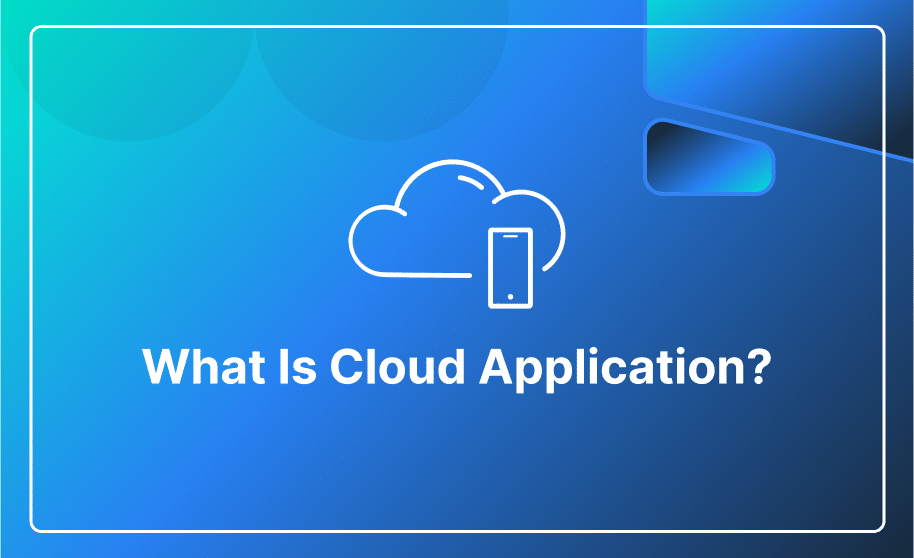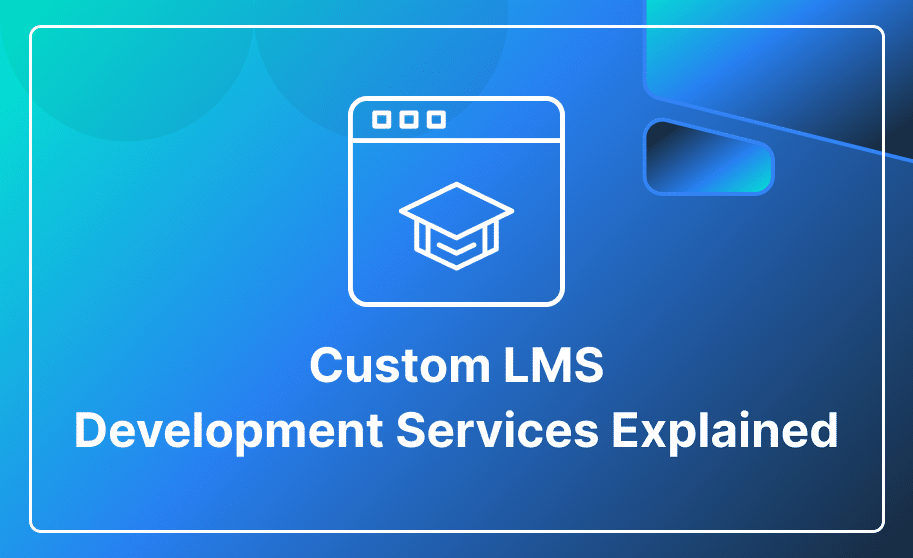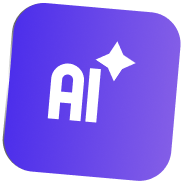Mobile phones have become an integral part of our daily lives in today’s digital era. Whether it’s for entertainment, communication, shopping, or productivity, we all rely on mobile applications to simplify tasks.
Every Business has diverse goals when it comes to mobile app development. Some businesses want to develop the next big consumer-facing sensation, like TikTok, to generate revenue, while others prioritize optimizing their internal operations efficiency through enterprise solutions.
Behind every successful mobile app development project lies a well-structured development process. In this blog post, we’ll guide you through the various stages of the mobile app development process, analyzing what it takes to transform an idea into a functioning app.
What is the Mobile App Development Process?
The Mobile App Development Process refers to the structured series of stages involved in conceptualizing, designing, coding, deploying, and maintaining a mobile app.
A Comprehensive Guide to Application Development Stages

Mobile app development must follow structured steps of the app development process. Let’s explore the various app development processes that contribute to optimized outcomes.
1. Ideation
The journey of mobile app development begins with ideation and conceptualization. This initial phase holds immense significance in ensuring that the app aligns with business requirements and users’ needs. The ideation stage is to transform the idea or concept.
A beneficial outcome of this phase is the creation of a Minimum Viable Product (MVP) that outlines preliminary app features, functions, and objectives. Once the clear vision for the application is in place, developers can proceed to the next stage.
2. Exploring Market Dynamics
The market research stage derives its insights from the ideation stage by focusing on collecting data, conducting user research, competitor analysis, and budgetary analysis that further refine the concept and inform decisions related to cost and benefits. Additionally, this phase involves assessing appropriate programming languages like PHP, JavaScript, or Swift. This stage also identifies the essential databases and infrastructure for the front-end and back-end.
Additional research components confirmed during this phase encompass the following:
-
- Discovering the Target Audience and Personas: Defining the potential user base.
- User-Testing: Consider carrying out User Acceptance Testing (UAT).
- Analyzing Competitors: Assessing competitors and understanding how to situate the app within the industry.
- Investment Prospects: Recognize the resources, such as time, effort, and finances needed for app development.
- App Marketing Trends: Evaluating potential marketing strategies.
3. Mobile Application Design and Development:
The next stage in the mobile app design and development process is to design and develop the concept.
During this application development stage, the main focus is on sketching out the concept of the screen or function of the app to get feedback from developers or users. This stage helps to explore the proposed features and functionality and how everything should work together in a structured way.
Once a solid conceptual foundation has been established, supported by extensive market research and visual representations of the app through sketches, now it’s time for wireframing. Wireframing is a crucial method for validating fundamental app development principles and the essential features of a mobile app.
Simultaneously, experts will craft a style guide or design system that contains all the details about the overall appearance of your product, encompassing various aspects like fonts, primary colors, and more.
Next, designers will create mockups, such as app screen design and other visual components, while ensuring the uniformity of the app’s design.
The last step entails the creation of prototypes for the app’s design.
4. Coding:

Wireframing is essential because it simplifies the coding stage, making it less challenging. Coders are responsible for transforming the wireframe concept into a working app. Their crucial role involves ensuring the app’s functionality and transforming the idea into a test version or a fully operational app.
In the coding phase, developers must ensure that the app works smoothly across various operating systems. For instance, apps designed for Android should function seamlessly on both the latest Android version and the older ones. In this phase, the focus may be on creating a Minimum Viable Product (MVP) with essential core features to provide basic functionality.
To prevent attackers from gaining access to valuable information and resources on mobile devices, developers might employ encryption methods like Secure Sockets Layer (SSL) for protection.
5. Testing:
In the mobile application development process, the testing stage is necessary for eradicating coding errors. It can involve User Testing (UT) and Test-Driven Development (TDD) to ensure the app’s functionality.
6. App Launch:
At this stage, it’s time to launch your app in the market. The launching of the app involves two phases. The first phase is deploying your web server (API) into a scalable production environment, and the second phase involves releasing your app to the Google Play Store and App Store for distribution.
Explore the IOS and Android App Development Process in Detail.
What is the usual price range for the app development process?
The cost estimation of app development varies depending on the level of involvement from developers. For instance, one approach is to engage a Full Cycle Agency or a dedicated app developer for custom-built solutions or to complete incomplete applications.
In-house development can be an option if sufficient resources, capacity, and financial means are available. However, this option comes with its expenses, including integrating new staff members.
What’s the budget-friendly solution for app development across Android and IOS?
Creating separate Native Apps for Android and IOS can become quite costly. To maintain a controlled budget and streamlined development, consider opting for cross-platform or hybrid app development.
During which software development phase do users begin using an app?
Users typically begin using the mobile app after the deployment or launch stage. This phase comes after the development and testing stages are completed, and the app is made available for the users to install and use.
What is the average timeframe required for the mobile applications development process?
Since each project is unique, determining the exact duration of mobile app development can be challenging. Let’s discover a few factors that influence the development timeline.
-
- Size of the Team: The larger team will implement your idea faster, whereas the smaller team may take longer.
- The Number and Complexity of Features: An app with basic functionality will develop quicker than a complex one with numerous functions
- Technology Stack: The choice of technology stack can impact your development time. Some programming languages and frameworks are implemented quickly, while some require more time.
Closing Remarks:
Indeed, mobile app development is a demanding yet promising endeavor.
Creating and promoting a successful app isn’t something that happens overnight. It demands thorough planning, consideration, and a systemic approach to development.
Developing a mobile app requires a versatile team, including app developers, UI/UX designers, business analysts, project managers, and QA specialists. Each of these experts plays an important part in the app development process.
If you’re looking for a dedicated team, Hashlogics has you covered. We offer end-to-end mobile app design and development services. Contact us to learn more about our app development services.














